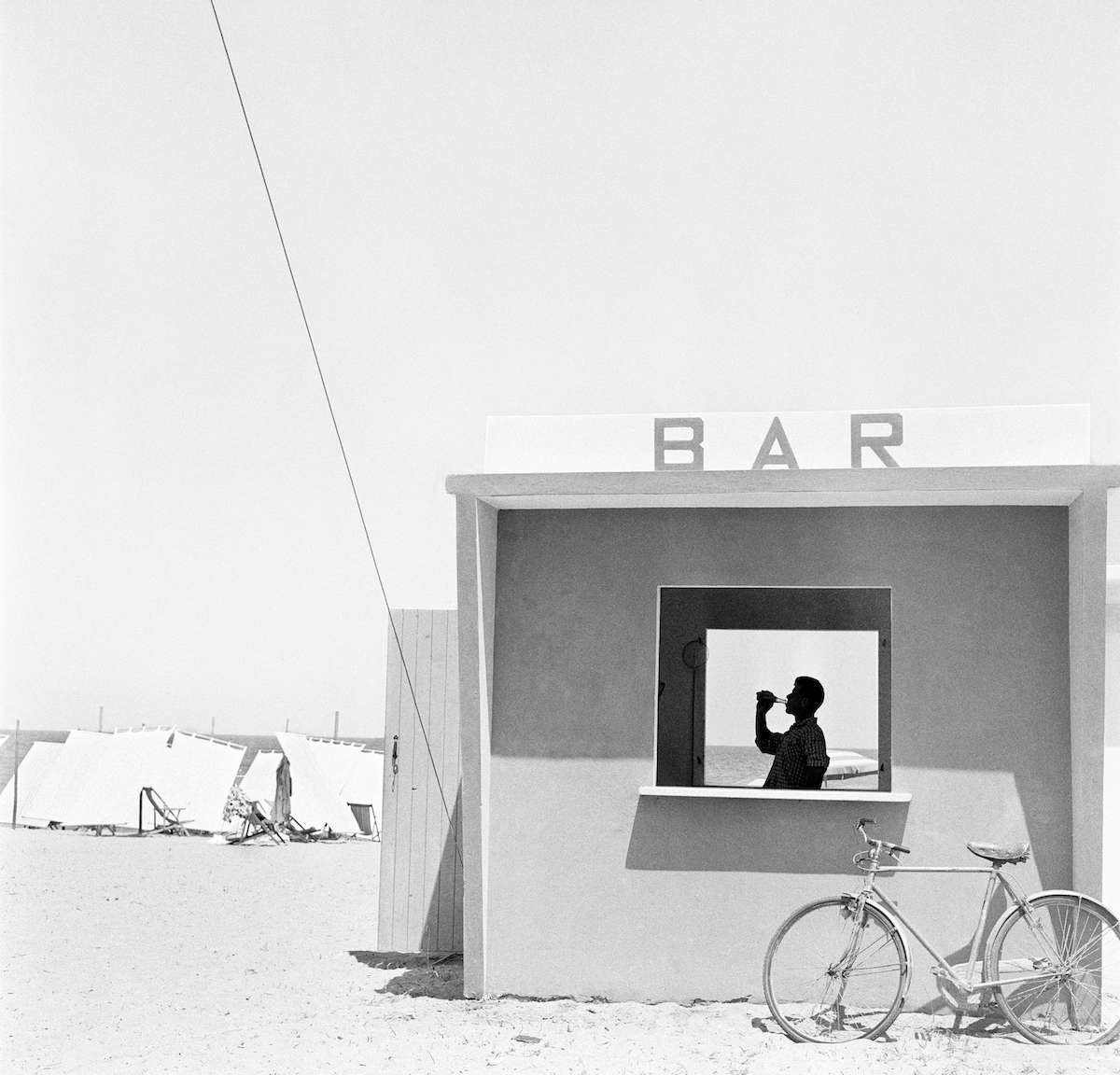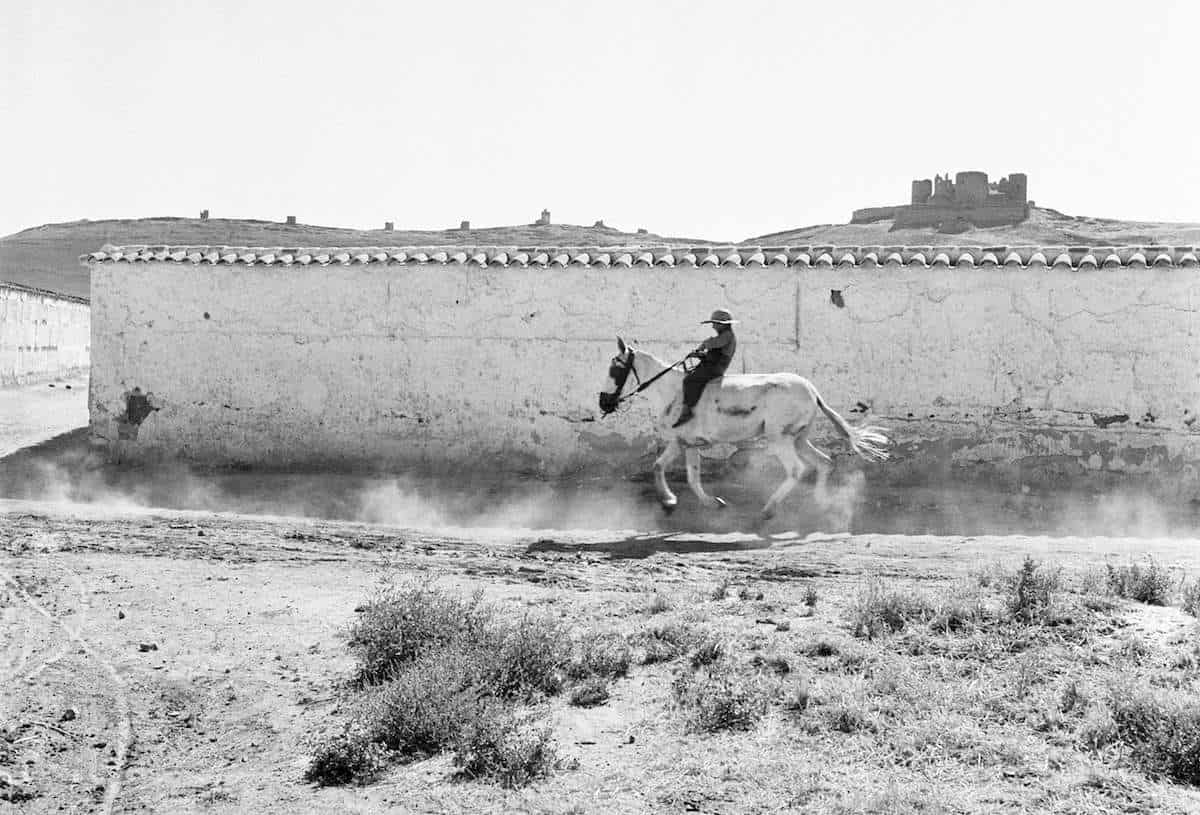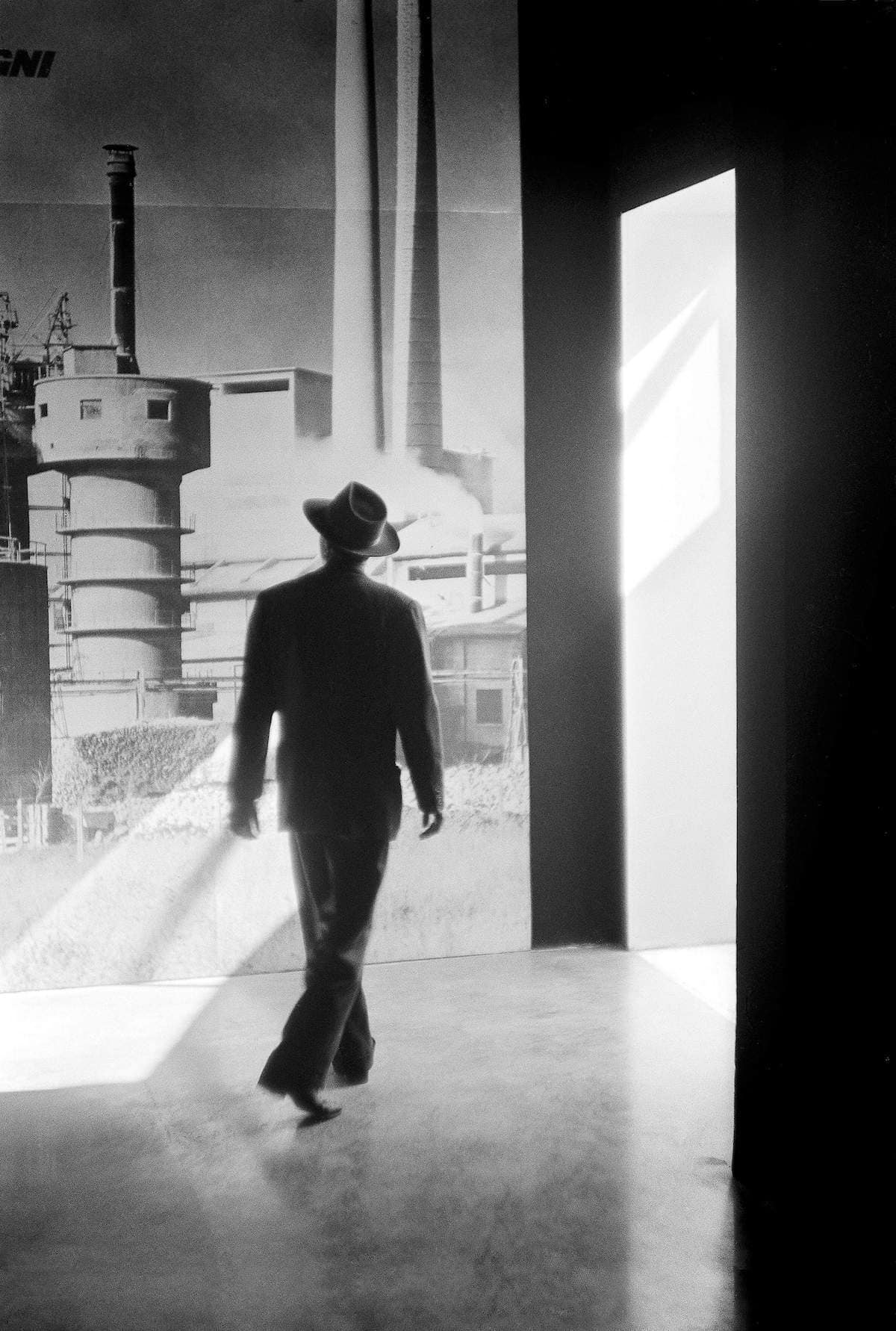Beginning with a bicycle boat down the Italian shore under a decade following WWII and continuing using reportages at Spain and Moscow, Piergiorgio Branzi‘s work blended documentary and fine art photography to fantastic effect. Now 89 years old, he finds himself a part of a legacy of old Italian photography which inspired generations to come.
Growing up in Florence, Branzi was not destined to become a photographer. In fact, he was working in his father’s bookstore and analyzing law when a chance encounters with an exhibition altered the path of his entire life. “I’d never been interested in photography, but it was just like going to the films for the very first time. The photographs were the essential nucleus of Cartier-Bresson’s work–India, the King of England’s funeral… I left the exhibit and purchased a camera. I thought this is a new language. In a particular sense, it is like as soon as the computer or mobile phone was made. This new technology ignited a fire in me.”
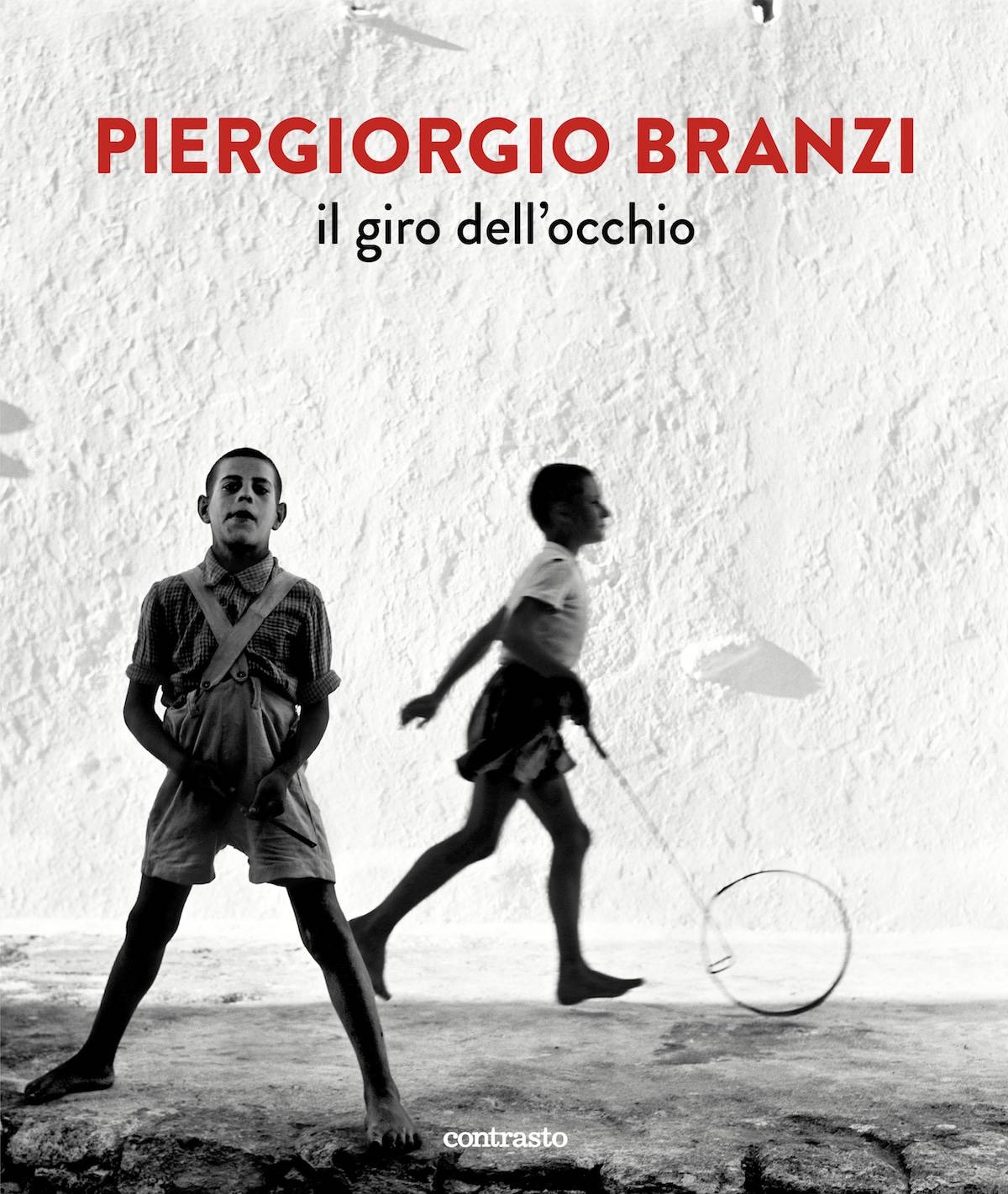
Having also viewed some photos of Tibet by famed ethnographer Fosco Maraini, Branzi was intrigued about the state of his nation, one that he had never been able to travel on account of the war. He was determined to form the language of photography into something his own, breaking down the barriers that often appeared to different photographer and subject in the works he viewed. Instead, he took inspiration from Paul Strand and Marcel Duchamp, mixing his innate artistic sensibilities–he both paints and does etchings–together with the technology of the moment.
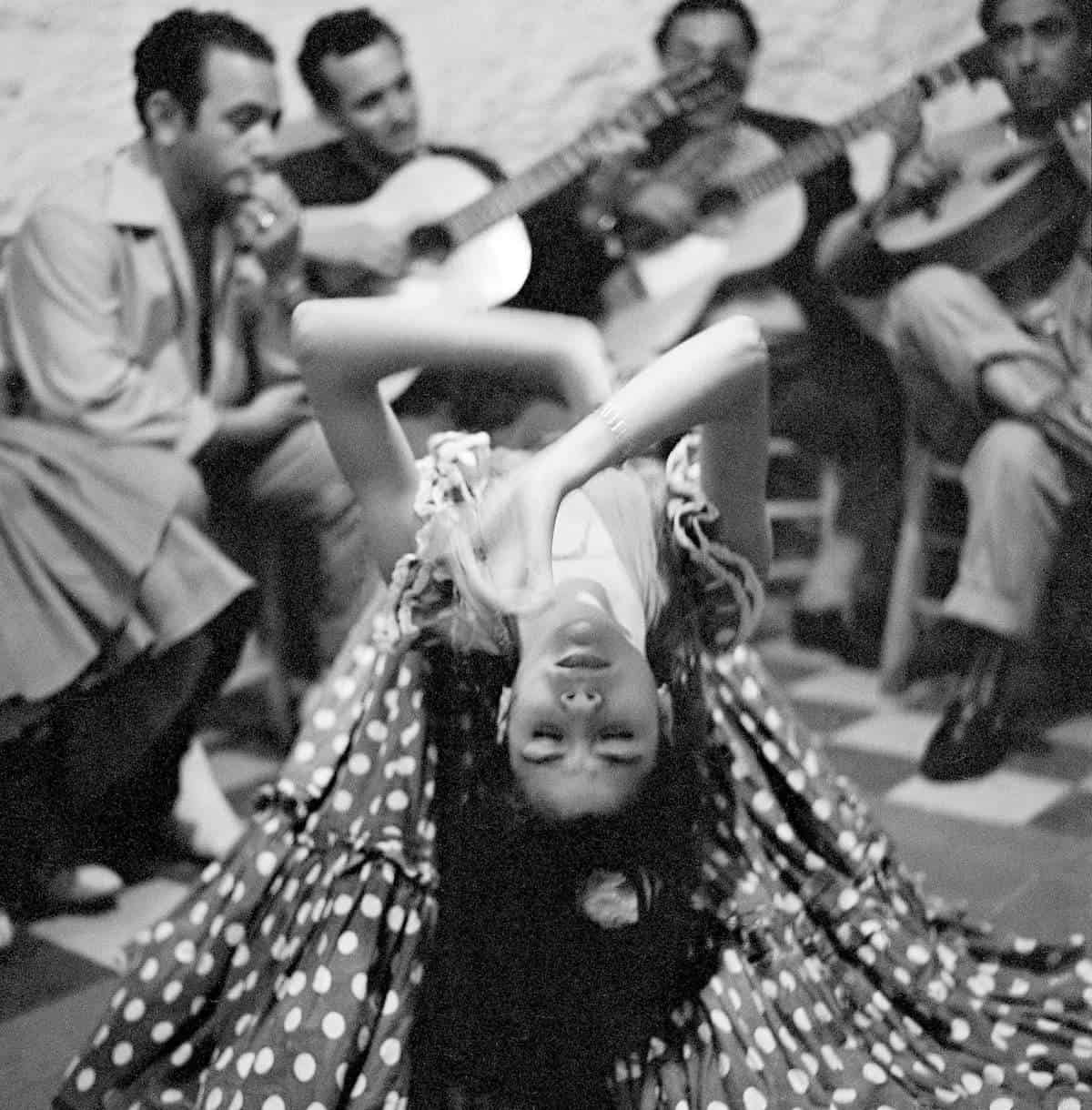
From the mid-1950s, he convinced the brother of his girlfriend (now his wife), that had been a motorcycle enthusiast, to journey with him around southern Italy on a Guzzi 500, to see how this formerly agrarian society had been transformed by World War II. This was followed by trips to Greece and Spain, where he was inspired by literature and also the thought of a society that was so similar to Italy, yet was not drawn into warfare. What he brought back with him from those trips was revolutionary work, which revealed a society that few had seen a film. They were images where Branzi tried to enter into society, becoming a part of its cloth rather than maintaining his distance.
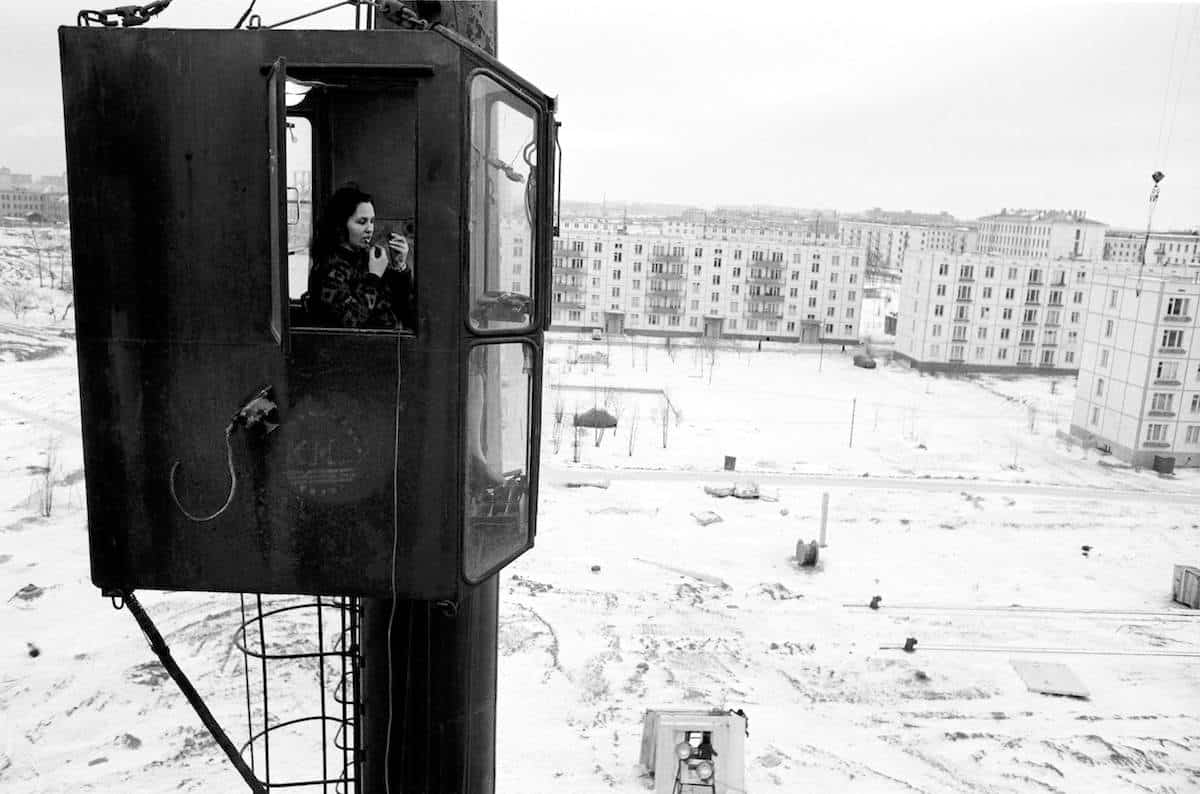
Cranes in the new neighborhoods (from the series, ‘Moscow: 1962 – 1966′)
In Italy, compared to France or the United States, photojournalism was still relatively fresh, and there were few outlets to publish his work. However, Branzi became widely known abroad. And after, he met his first inspiration, Cartier-Bresson, after hopping a train to Paris and knocking the doors of the Magnum offices. There, he was greeted with the master, who took the opportunity to look at the young photographer’s job and give him encouragement and advice.
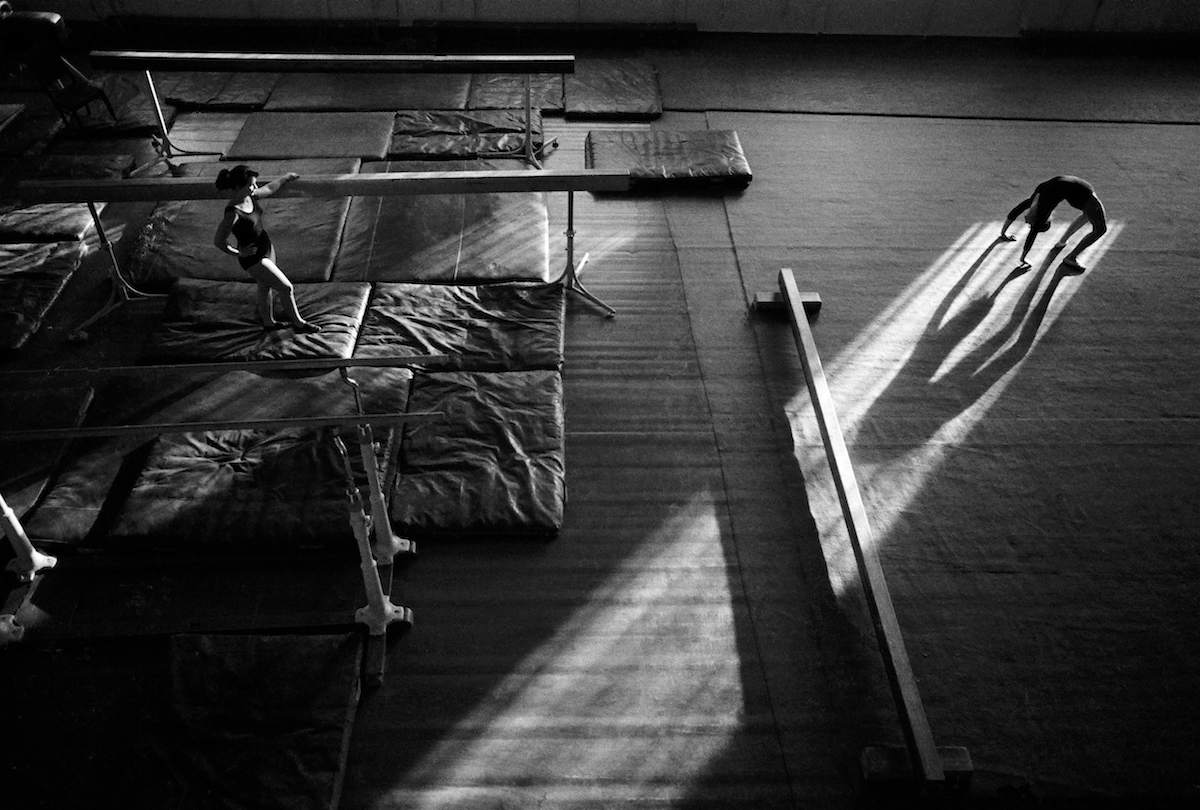
Branzi’s expertise as a photographer would later bring him to the world of journalism, where he had been delivered to Moscow to start the Italian newsdesk to the national RAI television channel. While the photographer sporadically continued his photos in Moscow, he mainly turned his attention to television, leaving his camera behind for over 30 years before starting up again in 2007. He turns his focus to painting, using his artistic skills in another manner, but leaving us with incredible documentation of post-War Europe.
